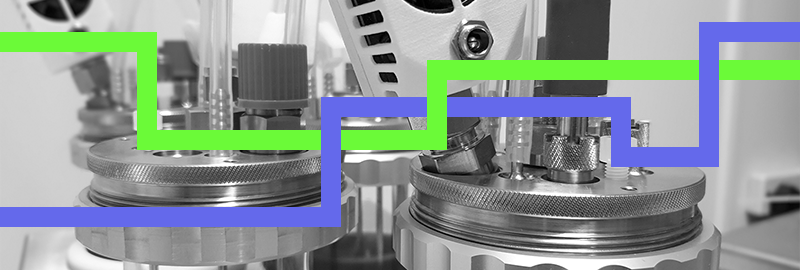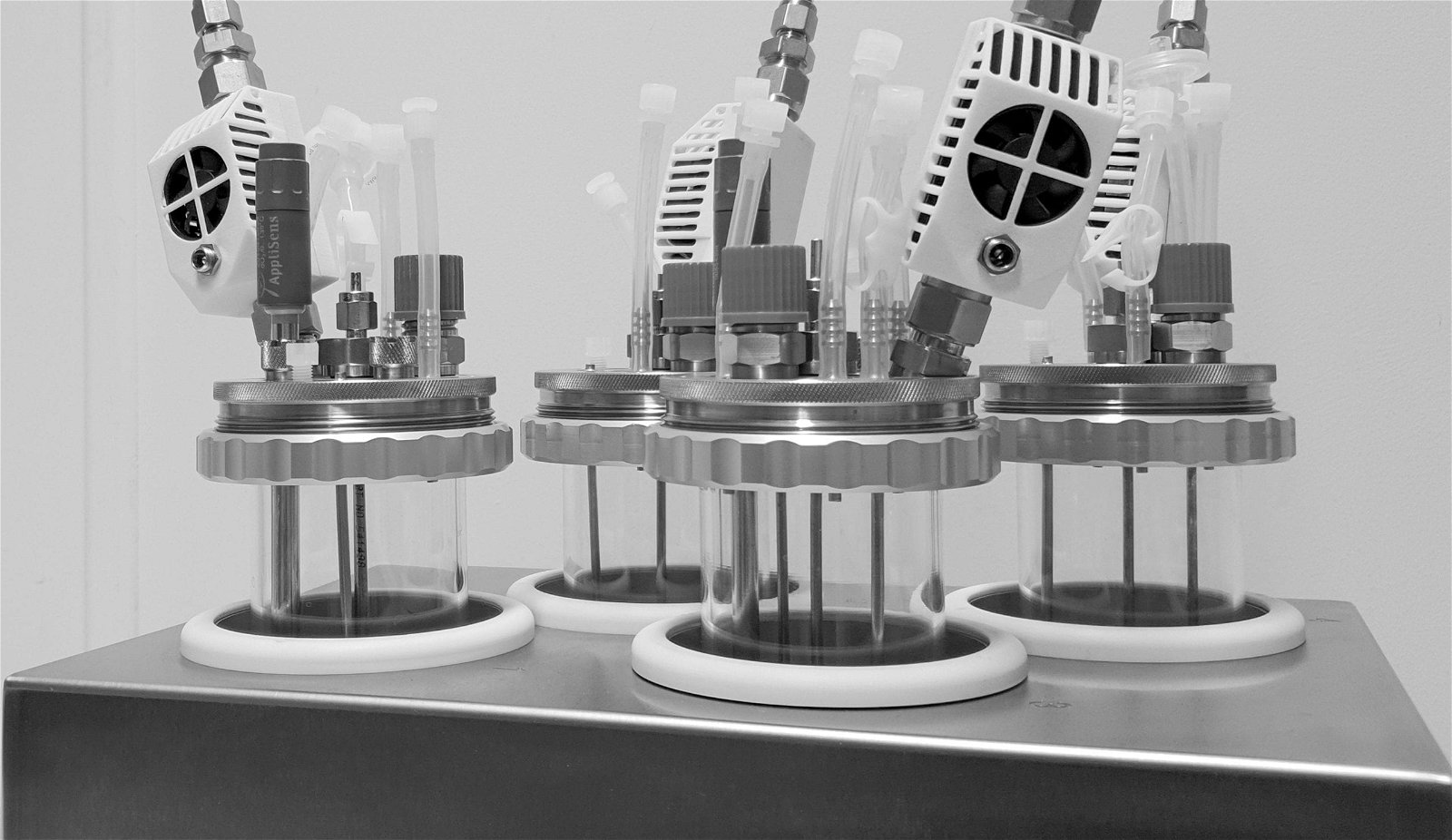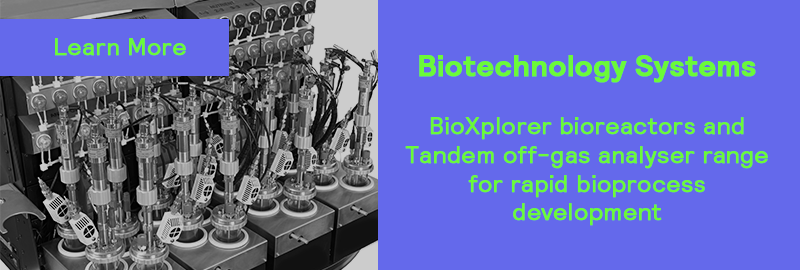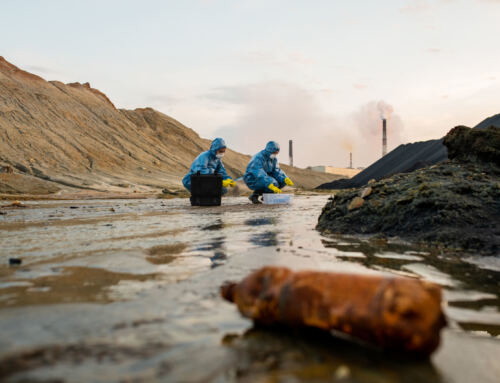We’ve been continuing our literature research, this time focusing on some publications that discuss interesting bioreactor applications.
As previously, we’ve prepared a short summary of each publication and provided direct links to the full article. Click on the title below to take you to our summary and further links:
-
- Isobutanol production freed from biological limits using synthetic biochemistry
- Isopropanol production from carbon dioxide in Cupriavidus necator in a pressurized bioreactor
- Engineering Robust Production Microbes for Large-Scale Cultivation
- Acute stressor alters inter-species microbial competition for resistant starch-supplemented medium
We’d also point you towards our application note describing using an elevated pressure bioreactor to increase yields in a gas fermenatation application. You can access the application note here.

1. Sherkhanov, T. Korman, S. Chan, S. Faham, H. Liu, M. Sawaya, W. Hsu, E. Vikram, T. Cheng and J. Bowie, Nat. Commun., 2020, 11.
Isobutanol production freed from biological limits using synthetic biochemistry
(Open access)
This journal reports on a cell-free system in a bioreactor with continuous product removal that produces isobutanol from glucose. A custom-made HEL BioXplorer-5000 bioreactor was employed for 15 mL reactions that allowed for temperature, pH, and agitation control via HEL proprietary software. The pH was maintained above 7.3. Fresh phenetole was pumped into the reactor and the top organic layer was pumped out of the bioreactor at a rate of 2–3 mL per hour. The journal concludes that the reaction occurs at a maximum productivity of 4 g per liter per hour, a titre of 275 g per liter and 95% yield over the course of nearly 5 days. These production metrics exceed even the highly developed ethanol fermentation process. The results suggest that moving beyond cells has the potential to expand what is possible for bio-based chemical production.
2. Garrigues, L. Maignien, E. Lombard, J. Singh and S. Guillouet,New Biotechnol., 2020, 56, 16-20.
Isopropanol production from carbon dioxide in Cupriavidus necator in a pressurized bioreactor
(Subscription or purchase required for full access)
In this journal, a bioreactor was designed to provide high gas mass transfer to reach cell and product titres in the grams per liter level from CO2 for realistic, laboratory scale, engineered autotrophic strain evaluation. The cultures were performed in a HEL BioXplorer-400 bioreactor modified specifically for this study. The bioreactor was used with a commercial gas mixture containing H2/O2/CO2/N2. For the experiments carried out with individual gases, the bioreactor was set up with three sparges to deliver air, pure CO2 and pure H2 independently. A fourth inlet gas was added in the headspace for pure N2 supply as a safety system. The bioreactor was equipped with controllers for: pH (7.0); dissolved oxygen (DO – below 5%); temperature (30 °C); and pressure (atmospheric). The BioXplorer software handles on-line monitoring and control systems. Both CO2 and O2 in the outlet gases were analysed using a HEL Tandem Pro gas analyser. The O2 concentration in the headspace of the bioreactor was controlled, in order to avoid any explosion.
3. Wehrs, D. Tanjore, T. Eng, J. Lievense, T. Pray and A. Mukhopadhyay, Trends Microbiol., 2019, 27, 524-537.
Engineering Robust Production Microbes for Large-Scale Cultivation
(Open access)
This review discusses differences between laboratory scale cultures and larger-scale processes for provide a perspective on those strain characteristics that are especially important during scaling. HEL’s BioXplorer is described as tool that provides the data for systems and synthetic biology approaches, it can be used to conduct fed-batch cultivations at pressures up to 5 bar. By working with these 1–250 ml size reactors, researchers can perform reasonably high-throughput cultivations in more commercially relevant conditions. The review concludes that as a mechanistic understanding of biological processes grows stronger, and the ability to use large systematically collected data sets becomes more sophisticated, microbial conversion can provide powerful implementable solutions for large-scale biomanufacturing of commodities, materials, food, pharmaceuticals, and fuels.
4. Pantoja-Feliciano, J. Soares, L. Doherty, J. Karl, H. McClung, N. Armstrong, T. Branck and S. Arcidiacono, Gut Microbes, 2018, 10, 439-446.
Acute stressor alters inter-species microbial competition for resistant starch-supplemented medium
(Open access)
This study uses in vitro fermentation to determine how an acute stressor, a sudden change in diet, impacts inter-bacterial species competition for resistant starch-supplemented medium (RSM). The BioXplorer-100 was used as a fermentation vessel, triplet replicates were seeded with fecal samples collected from 10 individuals consuming a habitual diet or U.S. military rations for 21 days. In the vessels, pH was maintained at 5.5 to emulate the ascending colon and inoculated with 10% (v/v) fecal slurry. Parallel control vessels were inoculated with cell-free phosphate buffer/glycerol. The journal concludes that Lactobacillus spp. growth in response to RSM was reduced following ration consumption, whereas growth of Ruminoccus bromii was enhanced, this suggests that sudden changes in diet may impact inter-species competition for substrates. Thus, demonstrating how incorporating in vitro fermentation into clinical studies increases understanding of stress-induced changes in nutrient-microbiome dynamics.
Let us know in the comments below if there are any other publications we should include on the list.







